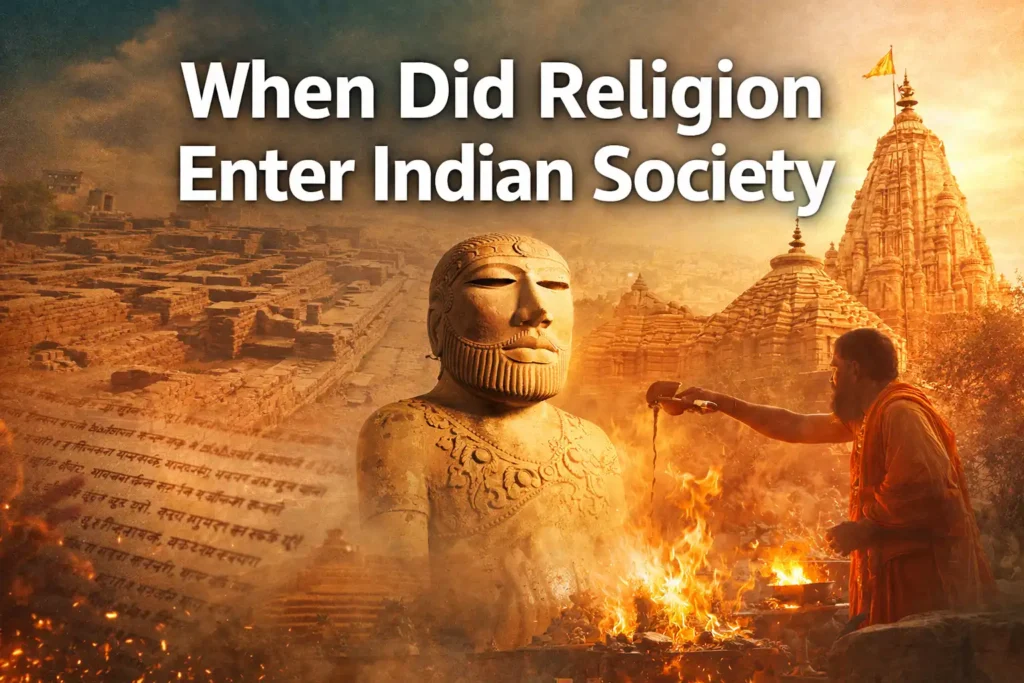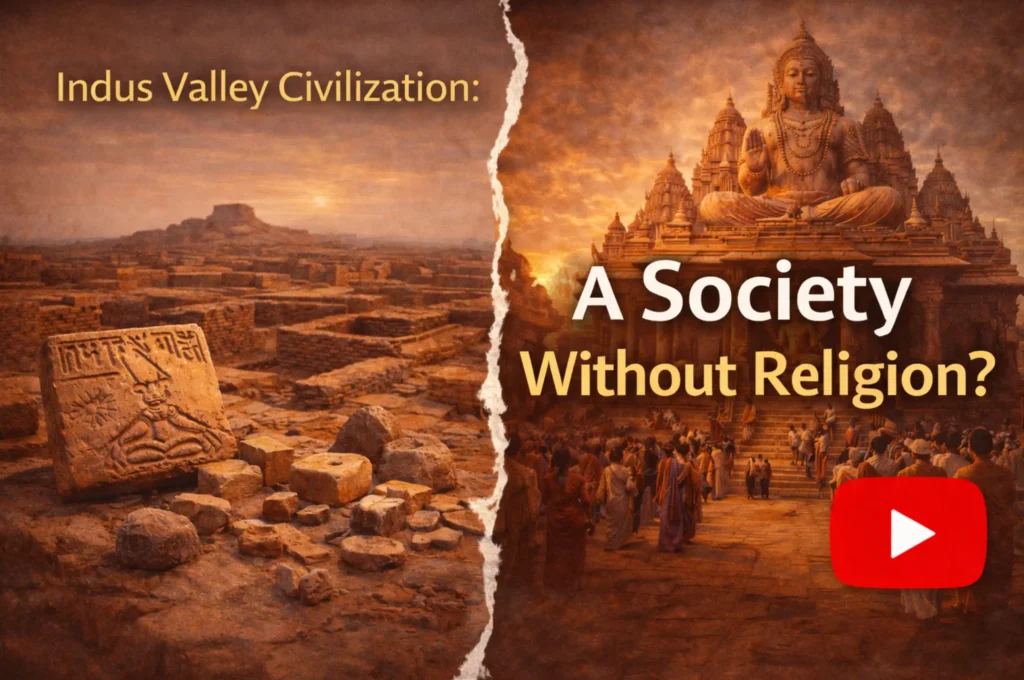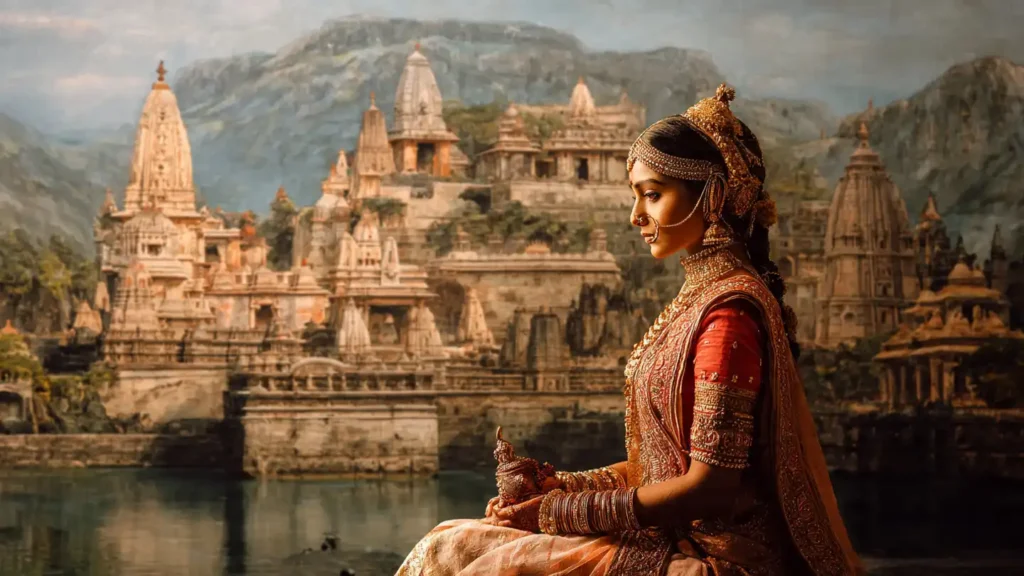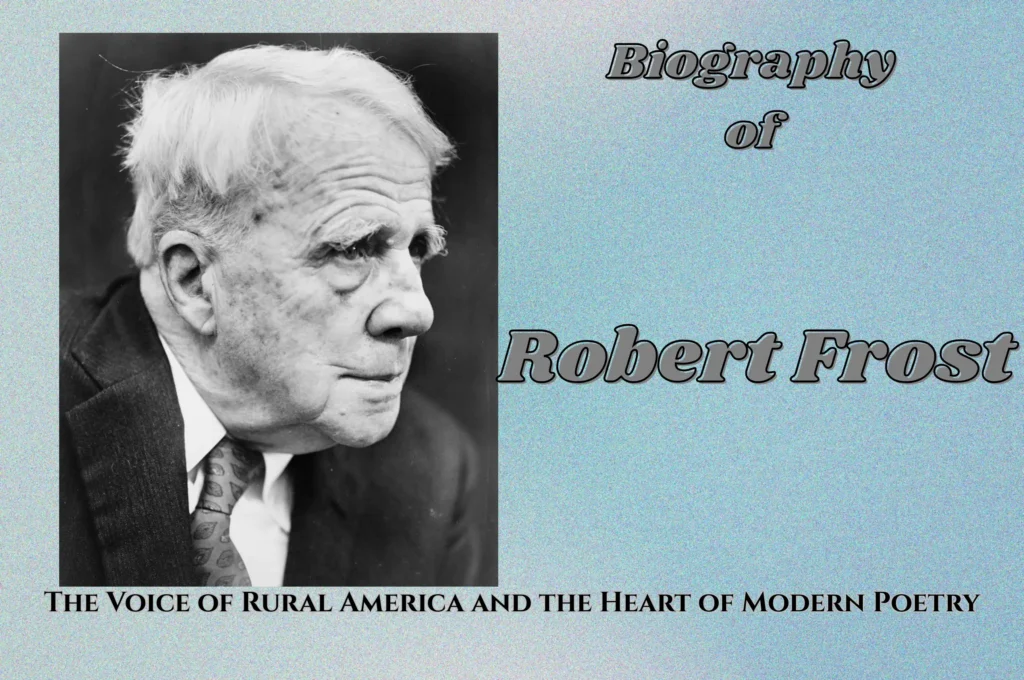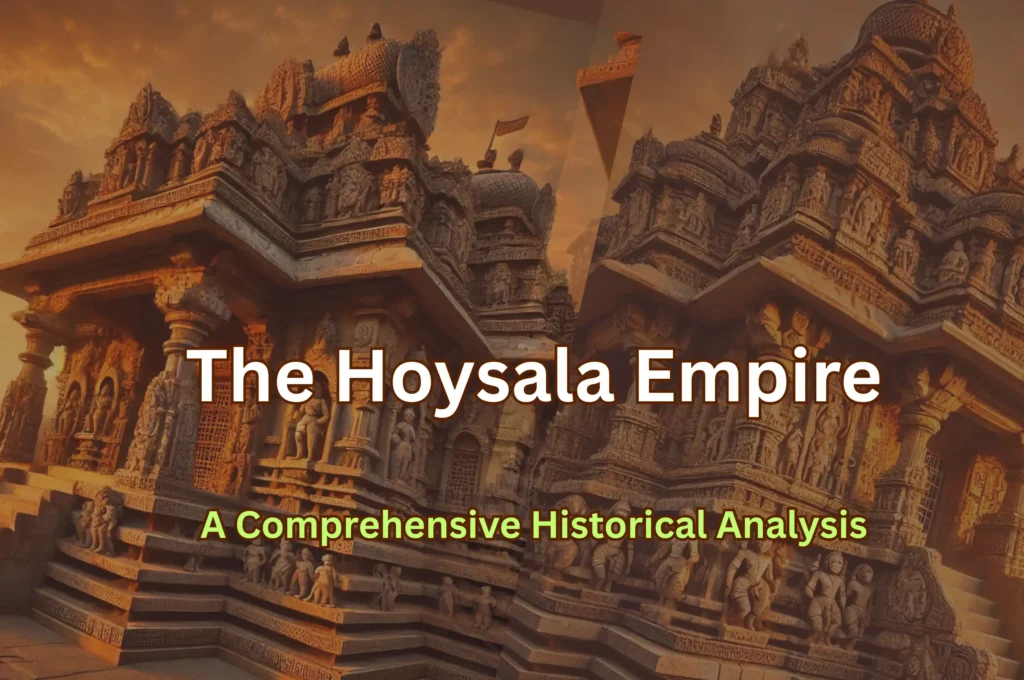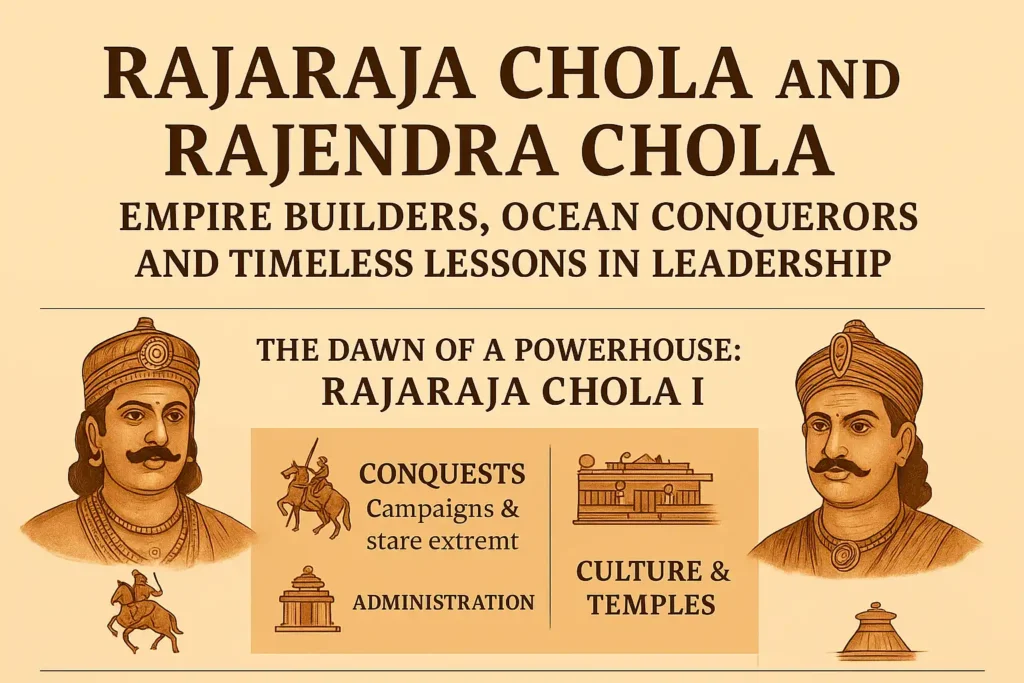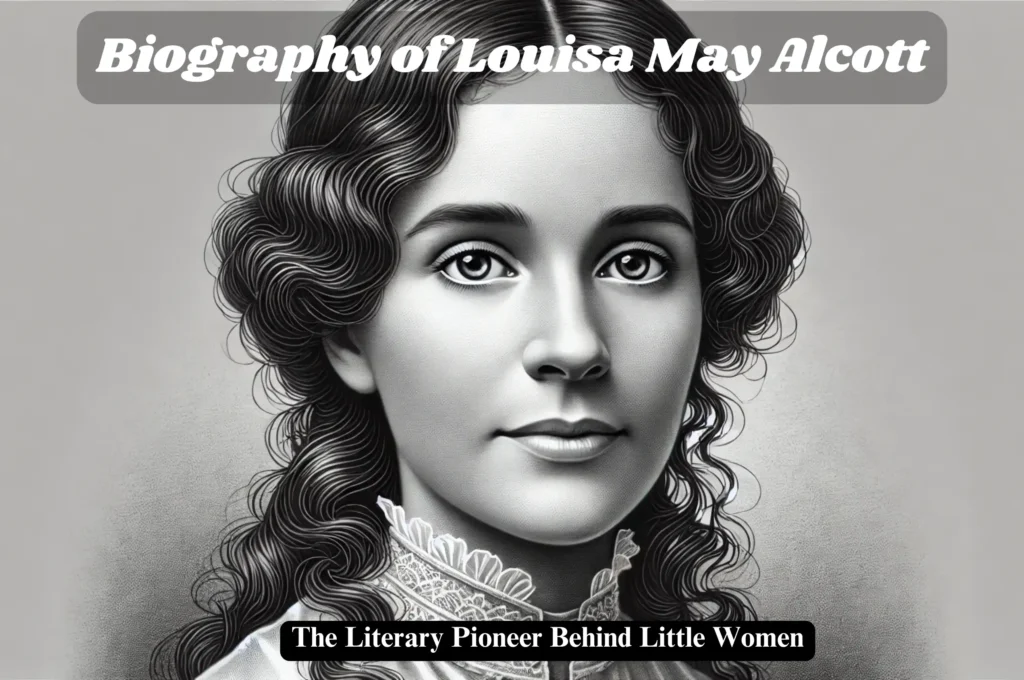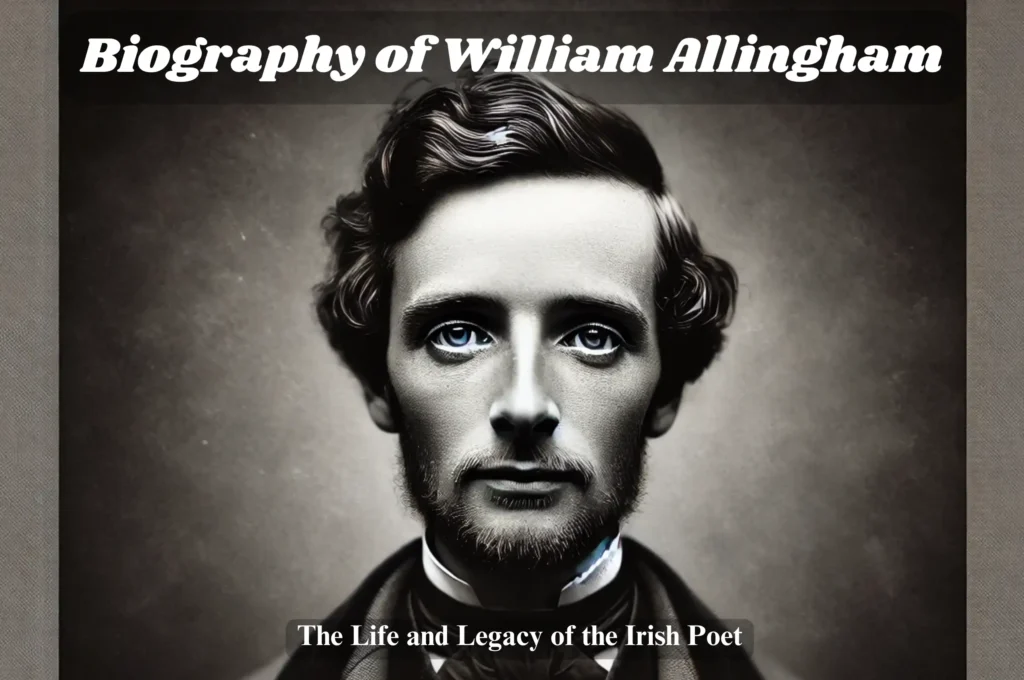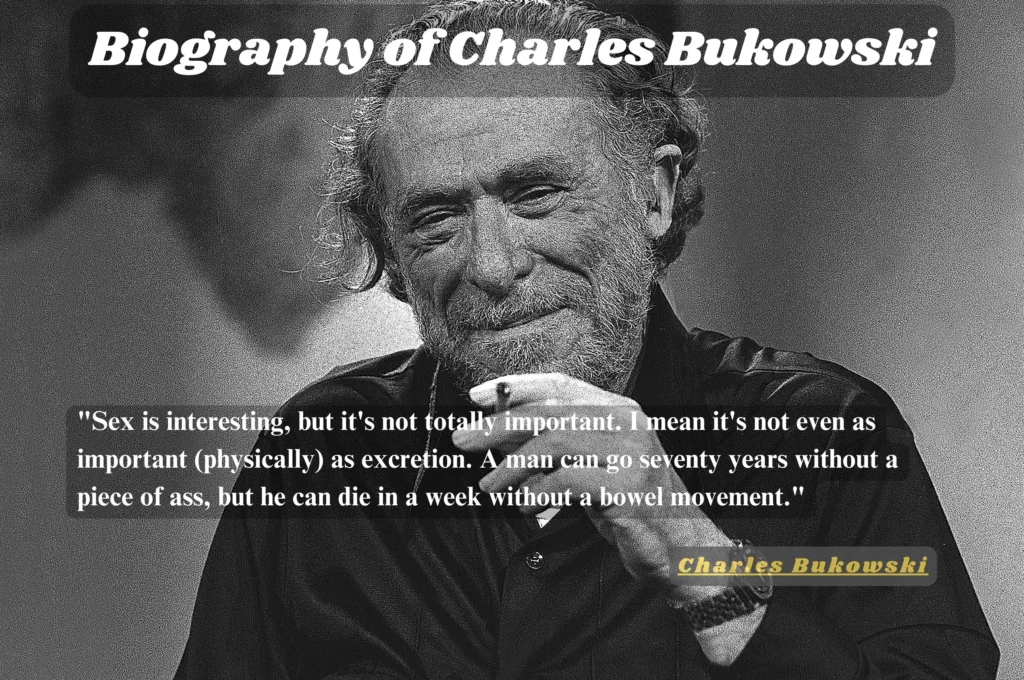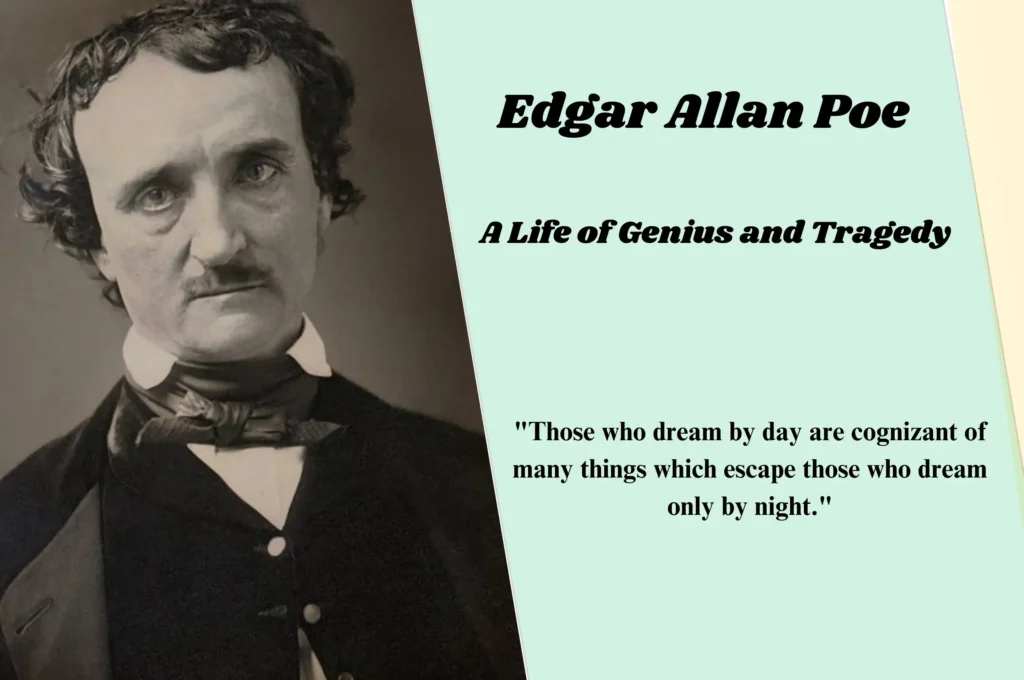How is History Divided based On Time Period? | The Categorization of History Based on Time Period. Explore the distinct time periods of history, including Ancient History, Medieval History, Modern History, and Contemporary History. Learn about the key events, societal changes, and cultural achievements that shaped human civilization throughout the ages.
Topics Covered: How is History Divided based On Time Period, Categorization of History Based on Time Period, Ancient History, Medieval History, Modern History, Contemporary History
Explore More: English Learning, Quizzes
Table of Contents
How is History Divided based On Time Period?
Within the field of history, the categorization of time periods allows historians to analyze and understand the progression of human civilization more effectively. Each of these four main periods has distinct characteristics, key events, and societal changes that shape our understanding of the past.
By categorizing history into these distinct time periods, historians can delve deeper into specific eras and analyze the causes and consequences of historical events. It provides a framework for understanding the complexities of human civilization and how societies have evolved over time. However, it is important to note that these divisions are not rigid and can vary depending on geographical regions and cultural contexts. Nevertheless, the categorization of history based on time periods remains a valuable tool for studying and interpreting the past.
Categorization of History Based on Time Period
Below are the 4 categories in which the History is categorized based on time period
Ancient History
Ancient History refers to the period before the fall of the Western Roman Empire in 476 CE. It encompasses the development of early civilizations, such as Mesopotamia, Egypt, Greece, and Rome. This period witnessed the rise and fall of empires, the development of written language, the birth of philosophy, and significant advancements in science, art, and architecture. Ancient History provides a foundation for understanding the origins of human society and the roots of many modern civilizations.
During Ancient History, art played a significant role in expressing the beliefs and values of various civilizations. Ancient Mesopotamia, for example, is known for its intricate sculptures and relief carvings, often depicting scenes of worship or historical events. The art of Ancient Egypt, on the other hand, focused heavily on the afterlife and the pharaohs, with elaborate tomb paintings and sculptures showcasing their power and divinity. Ancient Greece is renowned for its contributions to philosophy and literature.
Philosophers such as Socrates, Plato, and Aristotle laid the groundwork for Western philosophy, exploring concepts of ethics, politics, and metaphysics. Greek literature, including epic poems like the Iliad and the Odyssey, provided a glimpse into the mythological world of gods and heroes. Ancient Rome, with its vast empire, left a lasting legacy in architecture and engineering. The Romans constructed impressive structures such as the Colosseum, aqueducts, and roads that still stand today.
Their architectural innovations, such as the use of arches and concrete, revolutionized construction techniques and influenced future civilizations. In addition to these cultural achievements, Ancient History witnessed significant scientific advancements. The Ancient Greeks, for instance, made significant contributions to mathematics, with mathematicians like Euclid and Pythagoras laying the foundations for geometry and number theory.
Greek astronomers, including Ptolemy and Aristarchus, developed models of the universe and made important observations about celestial bodies. Medicine also flourished during this period, with ancient civilizations developing various medical practices and remedies.
The Egyptians, for example, had a comprehensive understanding of anatomy and surgery, as evidenced by their mummification techniques. The Greeks, influenced by the teachings of Hippocrates, developed a holistic approach to medicine, focusing on the balance of bodily humors and the importance of diet and exercise. Religion played a central role in Ancient History, shaping the beliefs and practices of civilizations.
Each civilization had its own pantheon of gods and goddesses, with rituals and ceremonies dedicated to appeasing them. Religious beliefs influenced every aspect of life, from political decisions to social norms and cultural practices.
Overall, Ancient History was a period of immense cultural, intellectual, and scientific development. The achievements of ancient civilizations continue to inspire and influence modern society, serving as a testament to the enduring legacy of our ancestors.
Medieval History
Medieval History spans from the fall of the Western Roman Empire to the beginning of the Renaissance in the 15th century. This period is characterized by the dominance of feudalism, the spread of Christianity, and the emergence of powerful empires like the Byzantine Empire and the Islamic Caliphates. It also saw significant cultural and intellectual developments, including the rise of universities, the Crusades, and the flowering of Gothic architecture. Medieval History provides insights into the political, social, and religious structures that shaped Europe and other regions during this time.
The Medieval period, also known as the Middle Ages, spans from the fall of the Western Roman Empire in 476 CE to the beginning of the Renaissance in the 14th century. This period is often characterized by feudalism, the dominance of the Catholic Church, and the rise of powerful kingdoms and empires.
Medieval History is a time of great social, political, and cultural change. It saw the emergence of new forms of governance, such as feudalism and manorialism, where land was controlled by lords and worked by serfs. The Catholic Church played a central role in medieval society, influencing both religious and secular affairs.
The Middle Ages also witnessed significant developments in the arts and sciences. Gothic architecture, illuminated manuscripts, and troubadour poetry are just a few examples of the cultural achievements of this period. The Crusades, a series of military campaigns launched by European Christians, also took place during the Middle Ages.
One of the most significant events that occurred during the Medieval period was the Black Death. This devastating pandemic, which swept through Europe in the 14th century, resulted in the deaths of millions of people and had a profound impact on the social and economic structures of the time.
Another important aspect of Medieval History is the emergence of powerful kingdoms and empires. The Holy Roman Empire, the Byzantine Empire, and the Kingdom of England were just a few of the dominant political entities during this period. These kingdoms often engaged in conflicts and power struggles, shaping the political landscape of Europe.
Furthermore, the Medieval period saw the development of new trade routes and the growth of towns and cities. The expansion of trade led to increased wealth and cultural exchange, as merchants traveled across Europe and beyond. The Hanseatic League, a powerful trading alliance, played a crucial role in facilitating trade during this time.
In addition to the cultural and political changes, the Medieval period also witnessed advancements in science and technology. The invention of the printing press by Johannes Gutenberg in the 15th century revolutionized the dissemination of knowledge, making books more accessible to a wider audience. The development of new agricultural techniques, such as the three-field system, led to increased food production and population growth.
Overall, the Medieval period was a complex and dynamic era in human history. It was a time of both great achievements and significant challenges, shaping the world that would eventually transition into the Renaissance and the modern age.
Modern History
Modern History begins with the Renaissance and encompasses the period from the 15th century to the late 18th century. This era witnessed the Age of Exploration, the Scientific Revolution, and the Enlightenment. It was a time of great intellectual and cultural transformation, marked by the emergence of nation-states, the Protestant Reformation, and the rise of colonialism. Modern History also encompasses significant political events such as the American and French Revolutions, which had a profound impact on the world order.
The Enlightenment not only emphasized reason and individualism but also had a major impact on politics and social structures. The ideas of philosophers such as John Locke, Montesquieu, and Voltaire influenced the development of democratic principles and the concept of separation of powers.
These ideas played a crucial role in the American and French Revolutions, which were two of the most significant political events of the time. The American Revolution, which took place from 1775 to 1783, resulted in the establishment of the United States as an independent nation. Inspired by Enlightenment ideals of liberty and equality, the American colonists fought against British rule and ultimately succeeded in creating a new form of government based on democratic principles. Similarly, the French Revolution, which began in 1789, was a period of radical social and political upheaval in France.
The revolutionaries, inspired by Enlightenment ideas, sought to overthrow the monarchy and establish a republic based on the principles of liberty, equality, and fraternity. The French Revolution had far-reaching consequences, not only in France but also in Europe and the rest of the world. In addition to political revolutions, the period of Modern History also witnessed significant economic changes.
The Industrial Revolution, which began in the late 18th century, transformed the way goods were produced and led to the rise of factories and urbanization. This period saw the invention of new technologies, such as the steam engine and the spinning jenny, which revolutionized industries such as textiles and transportation. The rise of nation-states was another important development during this period.
As European powers expanded their colonial empires, they also consolidated their territories and established centralized governments. The Treaty of Westphalia, signed in 1648, marked the end of the Thirty Years’ War and the beginning of the modern system of nation-states, based on the principle of sovereignty.
Overall, Modern History was a period of significant change and transformation. It witnessed the exploration of new lands, the advancement of scientific knowledge, the spread of Enlightenment ideals, and the emergence of new political and economic systems. These developments laid the foundation for the modern world and continue to shape our lives today.
Contemporary History
Contemporary History refers to the period from the late 18th century to the present day. It encompasses the Industrial Revolution, the rise of imperialism, the two World Wars, and the Cold War. This period is marked by rapid technological advancements, globalization, and the emergence of new political ideologies. Contemporary History allows us to examine the interconnectedness of nations and the complex challenges faced by societies in the modern era, including issues of human rights, environmental sustainability, and technological innovation.
Contemporary History refers to the period from the late 18th century to the present day. It encompasses a wide range of events and developments, including the Industrial Revolution, the World Wars, the Cold War, and the rise of globalization.
The Industrial Revolution, which began in the late 18th century, marked a shift from agrarian societies to industrialized ones. It brought about significant changes in manufacturing, transportation, and communication, leading to the rise of urbanization and the modern capitalist economy. This period of rapid industrialization saw the invention of new technologies, such as the steam engine and the spinning jenny, which revolutionized production processes and increased efficiency. The mass production of goods, made possible by these technological advancements, led to the growth of cities and the emergence of a new social class – the urban working class. However, the Industrial Revolution also had its downsides, such as poor working conditions, child labor, and environmental degradation.
The 20th century was marked by two devastating World Wars that reshaped the geopolitical landscape. The aftermath of World War II saw the division of the world into two superpower blocs, the United States and the Soviet Union, leading to the Cold War and an era of political and ideological tensions.
The Cold War was characterized by a nuclear arms race, proxy wars, and the spread of communism and capitalism. It also witnessed significant social and cultural changes, such as the civil rights movement, the feminist movement, and the counterculture of the 1960s. The end of the Cold War in the late 1980s and early 1990s brought about the collapse of the Soviet Union and the emergence of a unipolar world dominated by the United States.
In recent decades, globalization has emerged as a dominant force in Contemporary History. It has connected people, economies, and cultures across the globe, leading to increased interdependence and the spread of ideas and technology. The rapid advancement of information and communication technologies, such as the internet and social media, has facilitated global communication and the exchange of information. Globalization has also led to the integration of national economies through trade and investment, creating both opportunities and challenges. While it has resulted in economic growth and improved living standards for many, it has also led to income inequality, environmental degradation, and the erosion of cultural diversity.
In conclusion, Contemporary History is a complex and dynamic period that has witnessed significant changes and developments. From the Industrial Revolution to the World Wars to the rise of globalization, this period has shaped the world we live in today. Understanding the events and trends of Contemporary History is crucial for comprehending the challenges and opportunities of the present and future.
